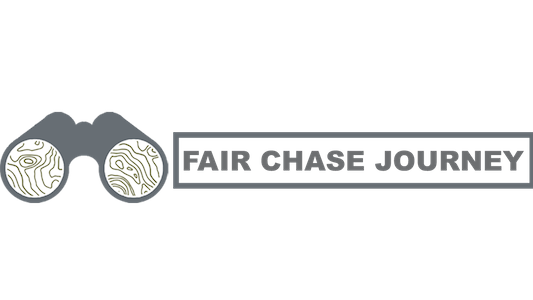
An Argument for the Record Books
How Big Antlers Have Benefited Hunting’s Revolution
“You Can’t Eat the Horns”
For the sake of this 5 minute read I will define “trophy hunting” as pursuing large or high scoring animals as opposed to hunting out of necessity for survival. Both trophy hunting and hunting for protein have their place but it is undeniable that trophy hunting sees the majority of the scrutiny. Also this discussion is referring to North American species for sake of relatability.
Labeling an animal a “trophy” implies excess and boastfulness, a distasteful arrogance that fuels the argument against hunting. Trophy hunting leaves the door open for opposition from hunters and non hunters alike. How often have we witnessed a hunter judge or categorize another hunters’ harvest? By commenting that a deer would have been “really nice next year” or “must be nice to hunt in an area with deer like that ” aren’t we adding to the negative side of the trophy hunting conversation?
Now that we have that out of the way let’s look at the constructive side of trophy hunting and while it may not be understood by all who have an opinion, hunting for above average animals does deserve a seat at the hunting table.
The Evolution of North American Trophy Hunting
It may be difficult to explain to the general public how recreational or “trophy hunting” has evolved from our hunter-gatherer origins, but I like to reference the creation of the Boone and Crockett Club’s record keeping system to measure trophy quality in big game animals. Established in the 1920s the scoring system was a way to track recovering big game populations. Unrestricted market hunting and irresponsible land use practices had decimated animal herds across the United States. Public outcry brought the poor condition of big game animals to the forefront of social issues, resulting in a push for responsible game management. It was clear that regulations needed to be put in place to discontinue excessive harvesting of wildlife. While regulations quickly became successful there was no tangible method for measuring the health of the animals so much effort was put forth to save. Over the next few decades the Boone and Crockett Club began to record horn and antler sizes across the country. Beyond their beauty, an animal’s headgear size shows a correlation to habitat quality, animal maturity, and effective hunting regulations. The bigger the antlers the better the habitat and more effective the local hunting regulations are. While antler scoring has shown to be controversial within the hunting community in recent years (that’s a topic for another day) it is a great numeric way to explain the idea of trophy hunting to non hunters. In essence it can be said that the higher scoring animals that are harvested today are healthier and come from more stable populations than lower scoring animals harvested a decade or two ago. The B&C system has brought about a movement where hunters voluntarily manage game animal populations beyond regulation requirements. Responsible hunting practices have allowed hunters to see more and larger animals, resulting in a more satisfying hunting experience. Good experiences in the woods drive hunter participation, which increases license sales, which funds conservation and so on. Since the conception of the Boone and Crockett Club many agencies have appeared including the most commonly known Pope & Young Club and Safari Club International. Each organization takes a slightly different angle when it comes to scoring animals but the commonality they all share is their love for hunting and commitment to conservation. Without these groups hunters would be left without a leg to stand on in many social and political circles. They are a vital piece of the conservation pie we enjoy today.









